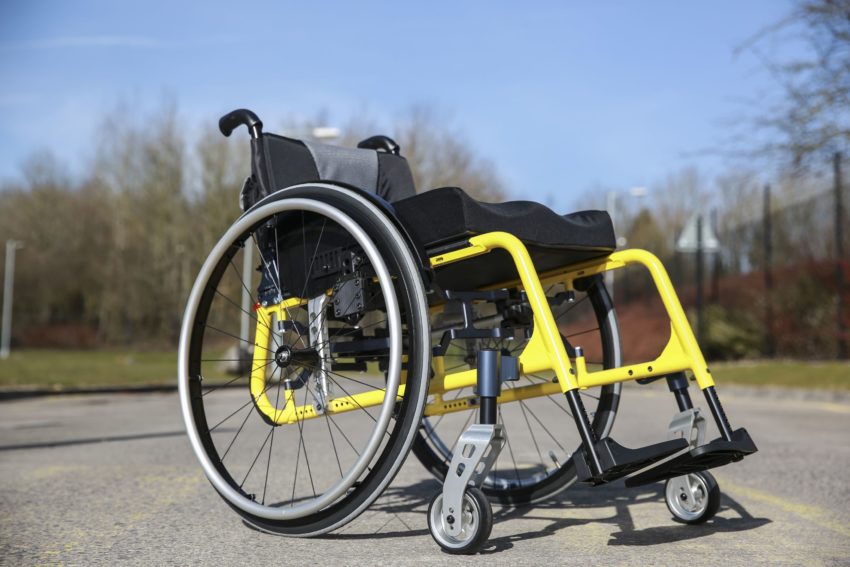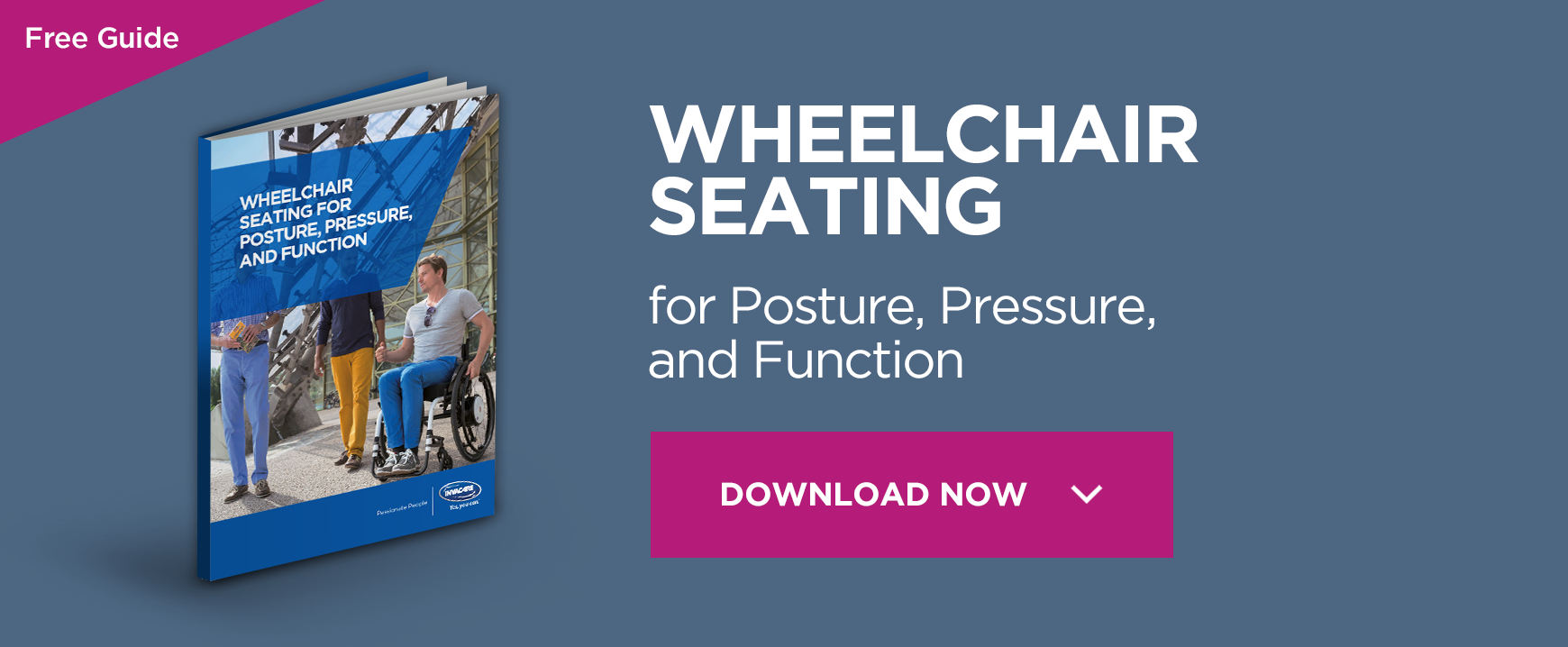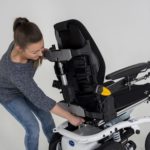Wheelchair seat cushion options to reduce risks of pressure damage

Generally there is a lot of effort and research put into selecting a suitable wheelchair but is the same importance given to choosing the wheelchair seat cushion?
It may seem like an obvious statement to make but the wheelchair seat cushion is critically important to ensure long-term health, well-being and engagement in activity. Without a cushion which provides the appropriate protection, comfort and freedom of movement or support the activities or tasks you hoped the wheelchair would help you to perform are more likely to be inhibited.
What to consider
1. Time
How much time do you spend in the wheelchair? If you are wheelchair dependent and unable to transfer independently, therefore spending a high percentage of the day in your chair then you may need to consider a wheelchair cushion at the highest end of risk management. However, if your wheelchair is used to support longer distances or access to the community only and you are able to transfer independently then you could consider a wheelchair cushion with a lower grade of risk protection.
These examples do not consider any underlying medical condition or chronic skin integrity needs so personalised assessment is always required.
2. Posture
Consider your sitting balance and whether you have any difficulties maintaining an upright position (static sitting balance) or returning to the upright position following movement (dynamic sitting balance). This might impact on which material is used within the wheelchair seat cushion in the context of how much postural support it provides.
3. Skin integrity
Do you currently have a pressure ulcer that is being treated or have had a history of developing pressure ulcers? Your risk of developing a pressure ulcer is determined by a number of factors, some of which have already been alluded to. To determine skin integrity risks healthcare professionals (HCP) will use a standardised assessment such as Braden. Awareness of your potential risk factors allows you to make informed decisions with your HCP and product expert.
Options
Essentially the options include materials such as foam, high density memory foam, gel and air.
Each of these materials are designed to support those at high risk so therefore the decision often comes down to the points listed above.
Foam offers good pressure relief and comfort which can be used on the wheelchair and armchairs. Although it can support those at high risk this model could be considered a baseline cushion which is also used for comfort by wheelchair users who are able to transfer with more independence.
High density memory foam wheelchair seat cushions offer high risk pressure relief with heat sensitivity and conform to the users body shape which increases support and protection. This will also be the case if using a moulded foam cushion which is made to take on and maintain the users body shape.
Gel, often used in conjunction with foam offers a solution for those at very high risk of developing a pressure ulcer. The gel can be positioned specifically where the user is at the greatest risk, whether that be the ischial tuberosities, sacral area or use of modular systems to target specific points more bespoke to the individual.
Air filled wheelchair seat cushions offer risk reduction for very high risk of pressure damage. The interconnected air cells allow the air to move freely within the cushion which means that it can self-adjust to the users own movements and pressure points. The immersion that this creates enables peak pressure changes to be minimised.
Although this knowledge is important to help you make an informed choice we would always recommend that you consult an appropriate HCP when making decisions about pressure care.







